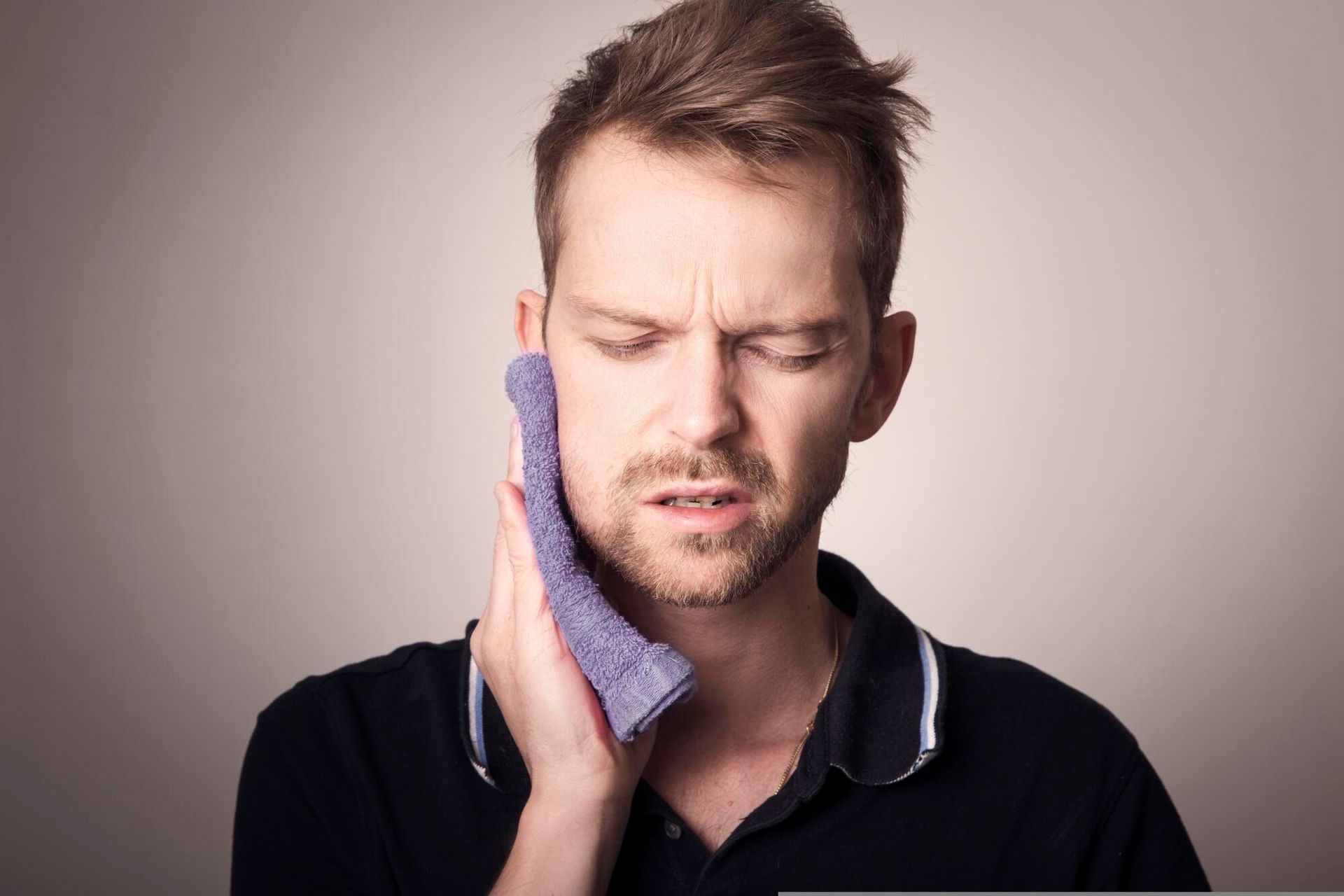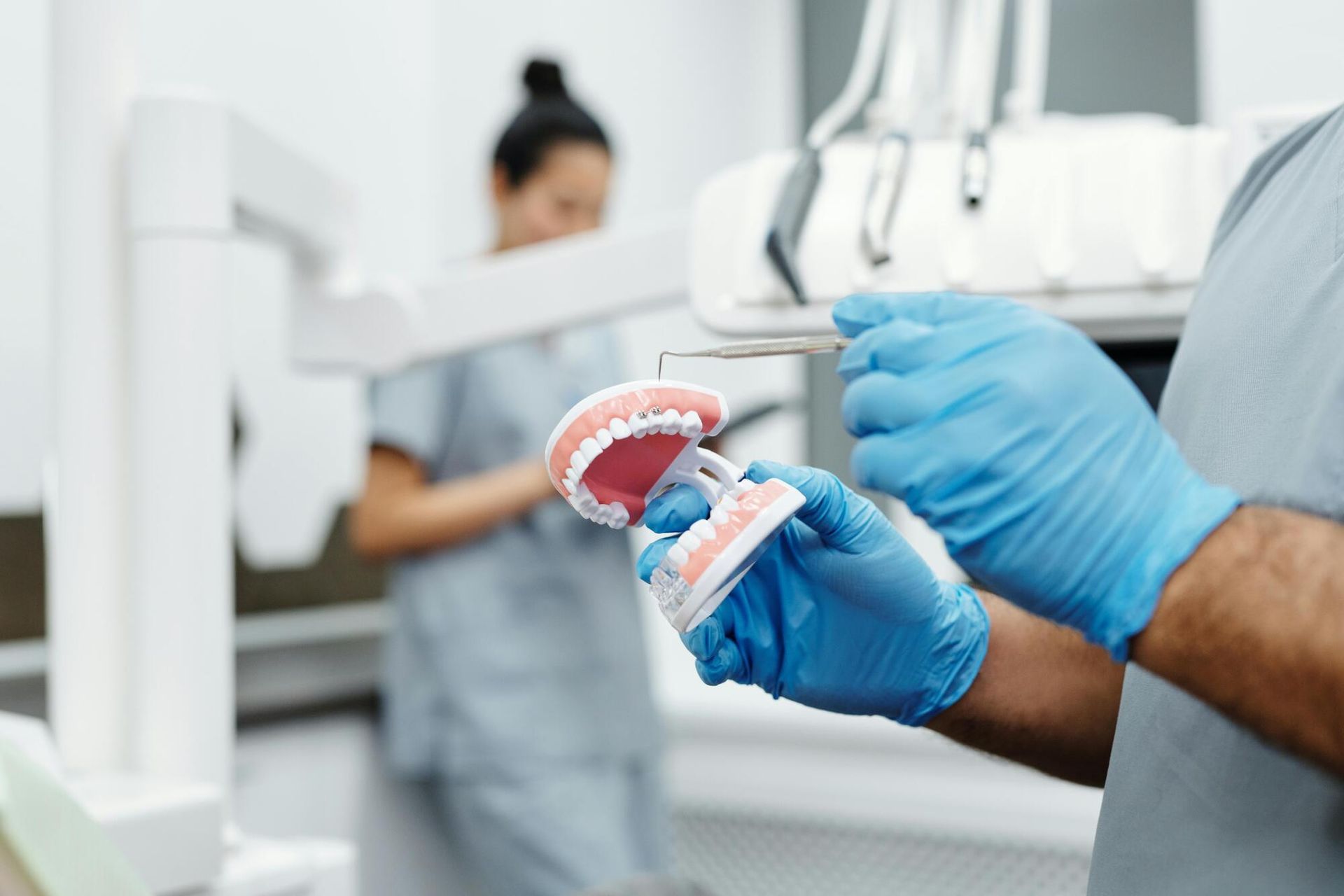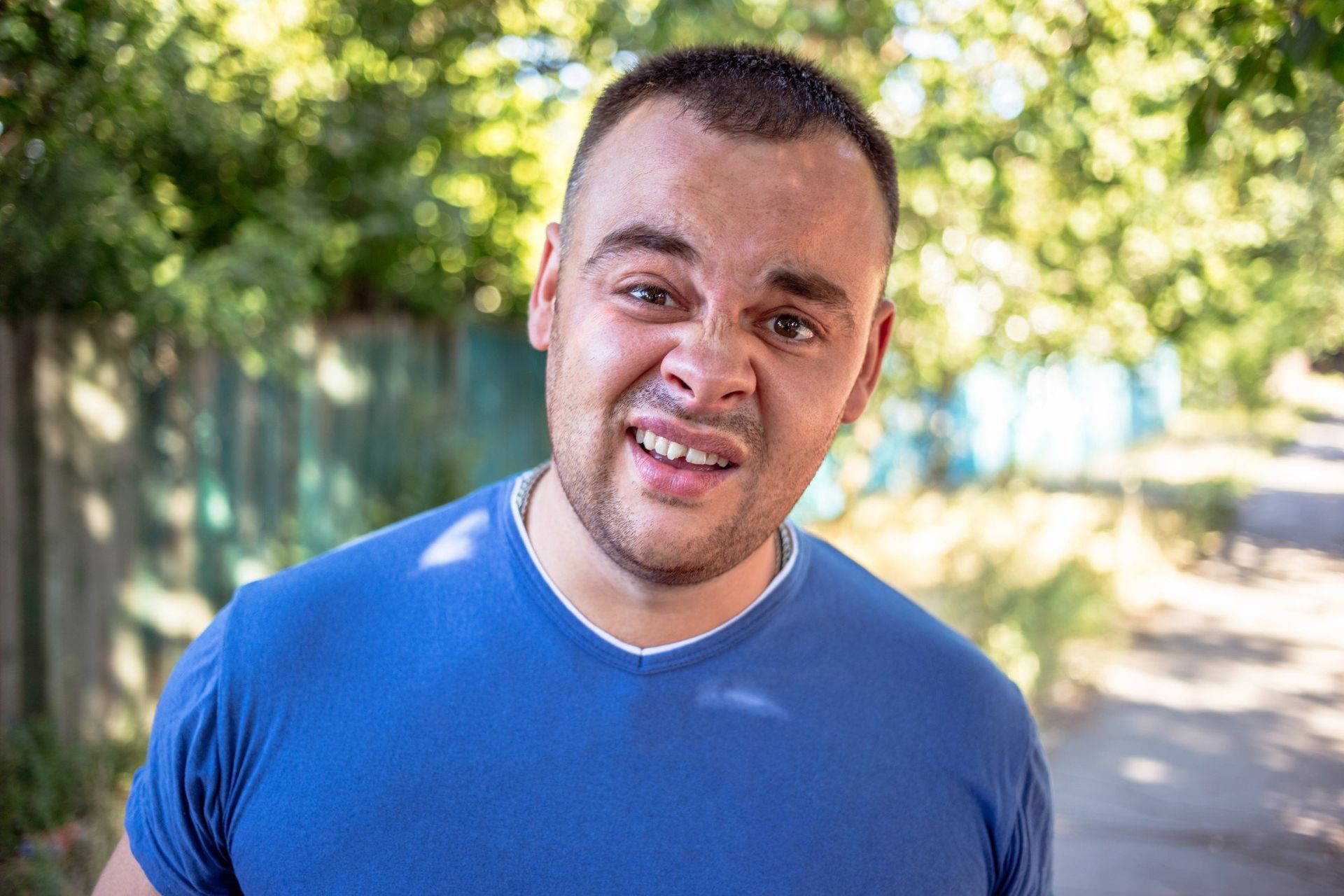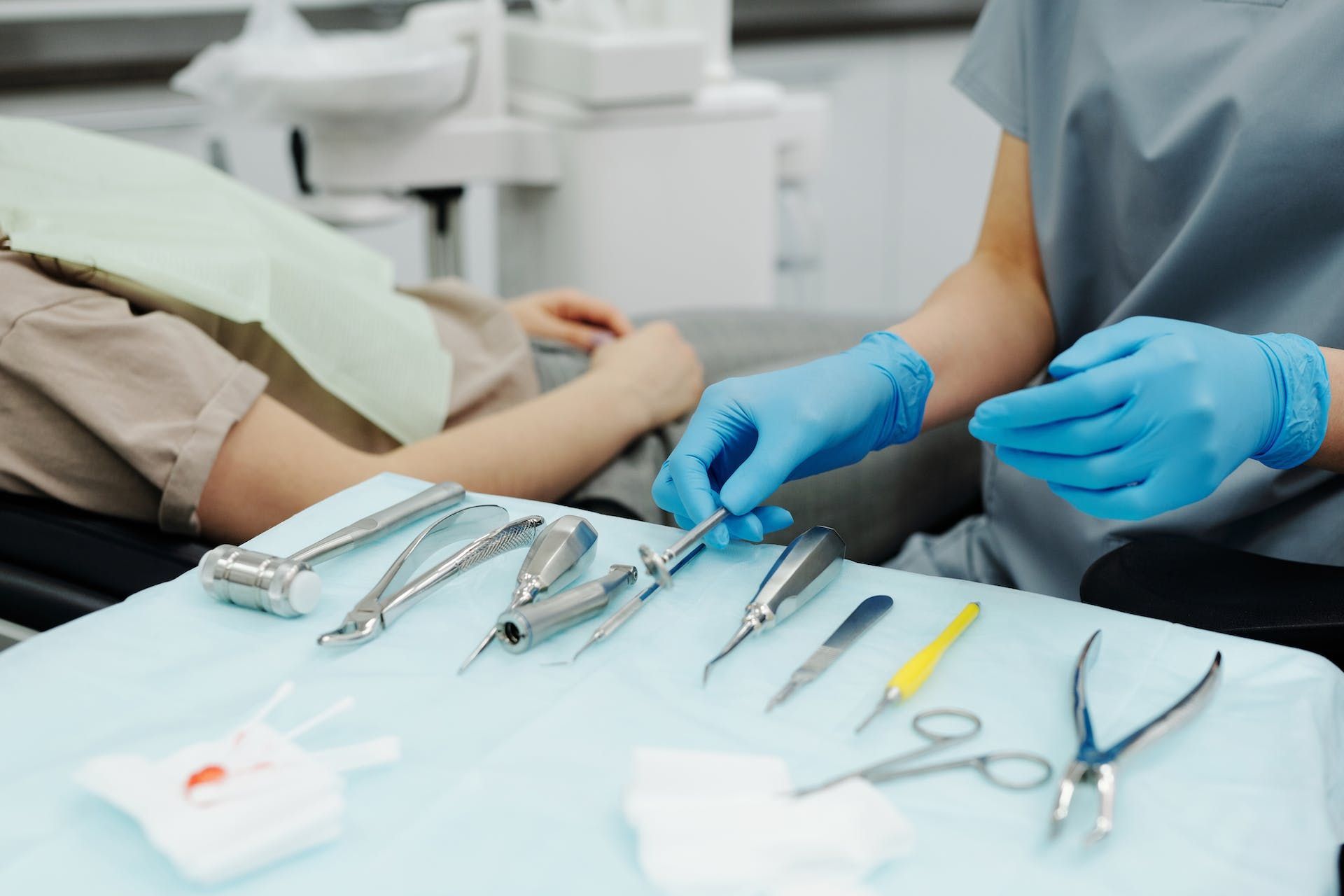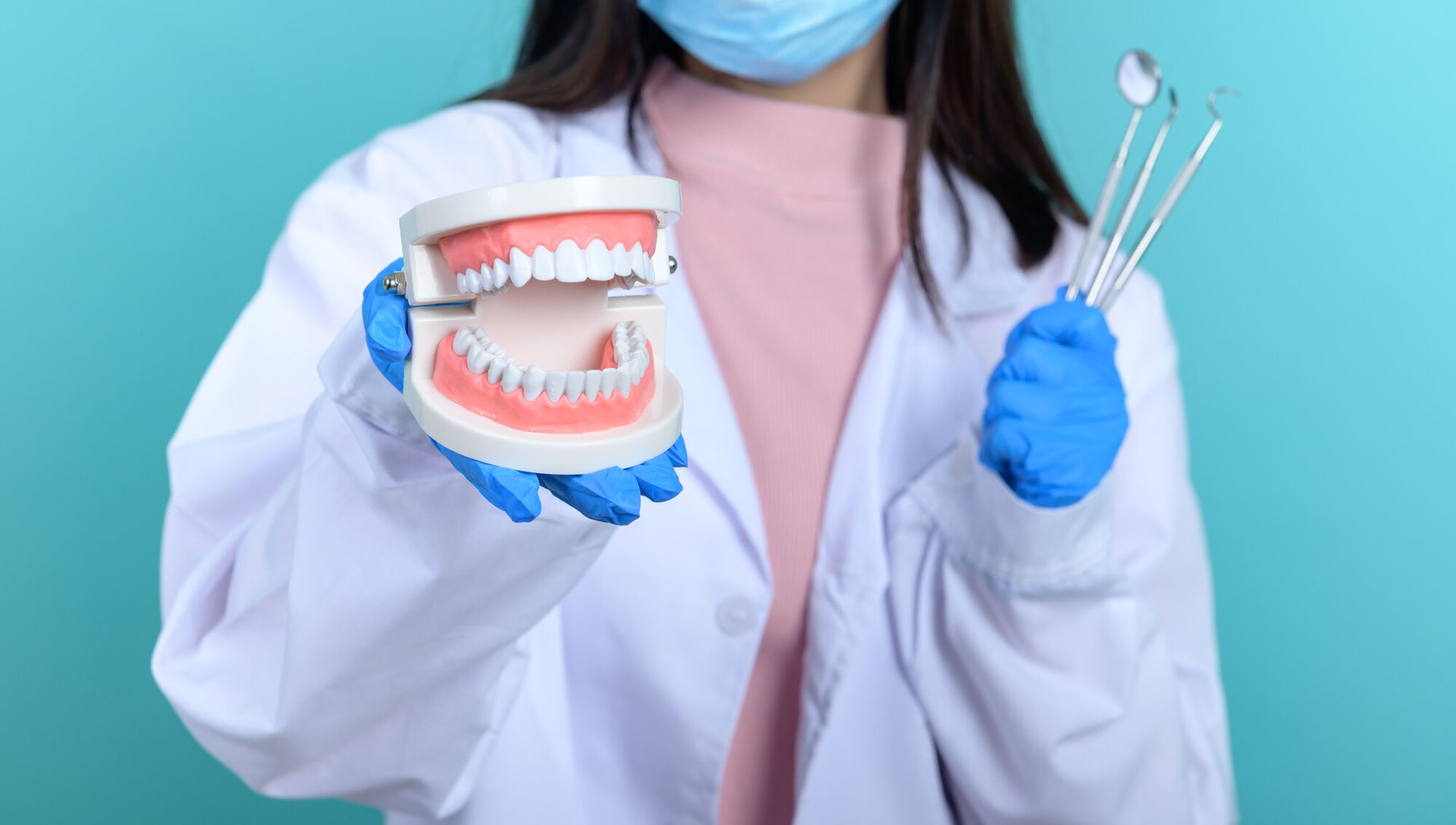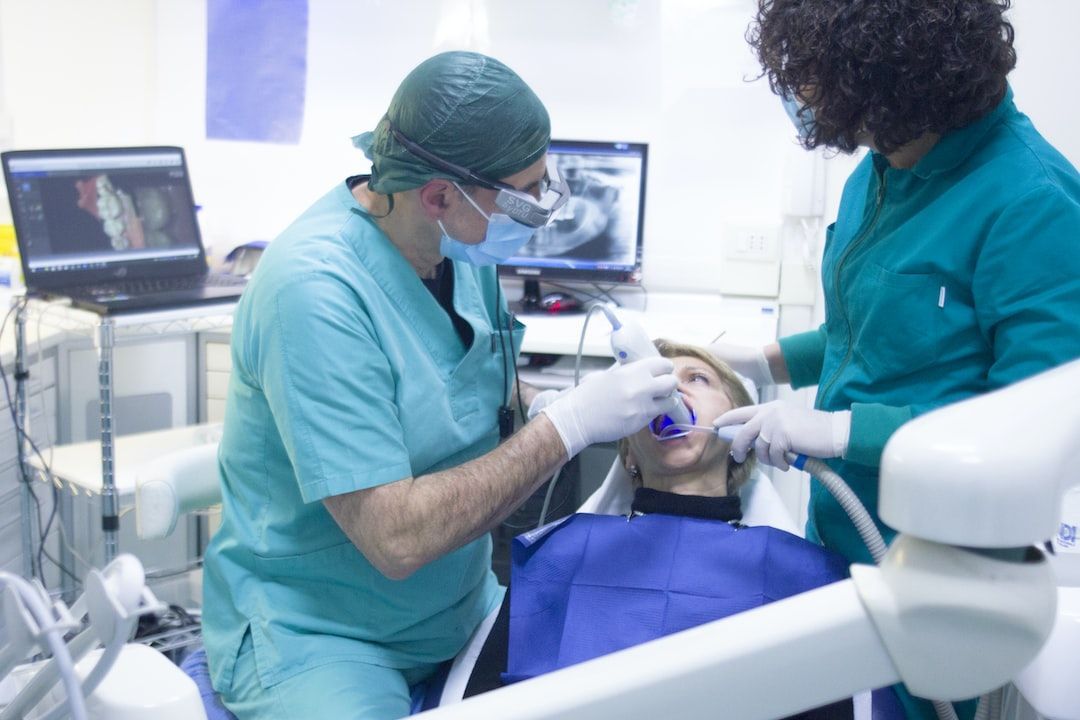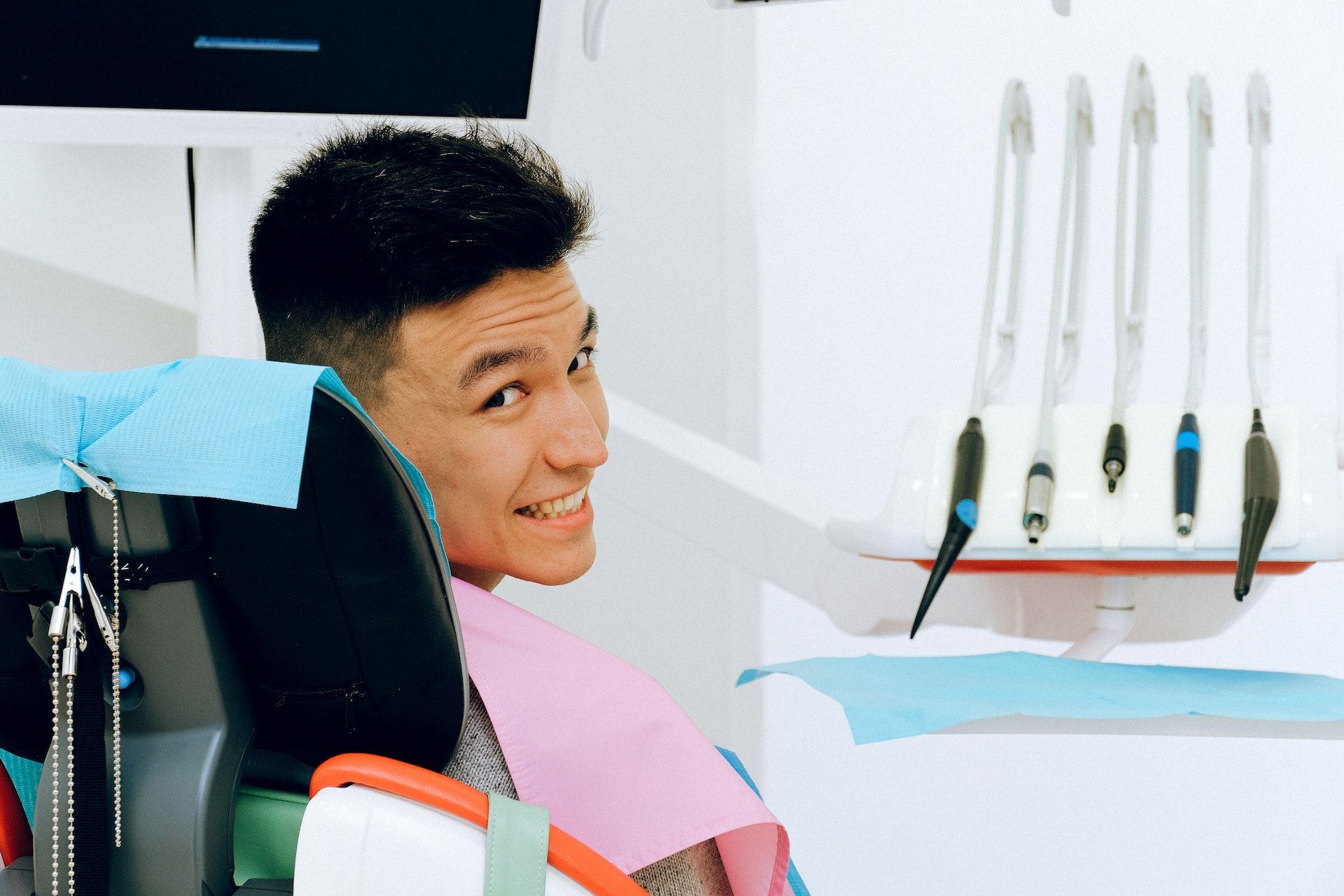The Average Cost of Invisalign and How You Can Afford It: A Dentist in Jersey City, NJ Answers
If you don't love your smile, you are not alone. According to a recent study, three in five US adults say they don't like their smile.
Luckily, treatments like Invisalign can make you love your smile more. But how does Invisalign work? This treatment helps straighten teeth, fix bite problems, and deal with gaps.
If you are considering orthodontic treatment, you may be wondering about the average cost of Invisalign. We're bringing you this guide to answer the web's most frequently asked questions about the price of Invisalign.
Does insurance cover Invisalign? If you don't have dental insurance, how can you lower the cost of Invisalign? Keep reading because we are answering these questions and more below.
What Is the Average Cost of Invisalign?
Invisalign clear aligners can cost anywhere from $1,800 to $9,500, depending on your dental needs. That makes the average Invisalign price $5,650.
Average Cost of Invisalign for Adults
The average cost of Invisalign for adults is around $5,700. People with significant orthodontic needs will pay more for Invisalign. Adults who only have a few cosmetic issues to fix will likely pay less for Invisalign.
Average Cost of Invisalign for Kids
The average cost of Invisalign for kids and teens is around $3,000. If you want to get Invisalign for your child or teen, you can expect to pay anywhere from $2,000 to $5,000. The exact cost depends on the extent of work needed.
Why is Invisalign cheaper for teens and children? Younger people tend to have teeth in better condition than adults. The condition of your teeth is yet another factor that goes into the average cost of Invisalign.
Average Cost of Invisalign Express
Invisalign Express is a fast-tracked way to straighten your teeth with clear aligner trays. This treatment works within 3 to 6 months. Because of its condensed treatment time, Invisalign Express costs less.
The average cost of Invisalign Express is $2,400. Expect to pay anywhere from $1,800 to $3,000 for this orthodontic treatment.
How Much Is Invisalign With Insurance?
Another factor impacting the average cost of Invisalign is whether or not you have insurance. According to the Invisalign website, some dental insurers will pay up to $3,500 for this treatment. Most insurers only pay up to $2,000.
If you aren't sure how much coverage your insurer provides for Invisalign, get in touch with your benefits manager. Your local dentist can also contact your insurance company for you when you head in for your consultation.
How Much Is Invisalign Without Insurance?
Invisalign is more expensive when you do not have insurance. When you don't have insurance, you have to pay the entire cost of Invisalign out of pocket. That means you will pay $1,800–$9,500.
The good news is that some orthodontists, like the Dental Spa in Jersey City, offer payment plans to help make the cost of Invisalign more affordable, even if you don't have insurance.
Are Braces or Invisalign Cheaper?
The Invisalign vs. braces cost depends on the factors we mentioned above. But in general, braces are slightly cheaper than Invisalign. There are a few reasons for the difference.
First of all, braces have been around for a lot longer than clear aligners. That has given innovators time to create cost savings in the technology.
Secondly, more insurance companies cover braces. And payors also tend to cover a larger percentage of the cost of braces, driving the price even lower.
Why Is Invisalign So Expensive?
All orthodontic treatments are expensive. But Invisalign is more expensive than other types of orthodontic treatments like braces. And there are many reasons to justify the increased cost.
Unlike braces, Invisalign uses clear aligners to straighten our teeth. That means no unsightly metal brackets or rubber bands. You also won't have to deal with the ugly stains that come with traditional braces.
When you get Invisalign, you pay for the name brand. That may not sound like a good thing. But compared to getting braces, getting Invisalign ensures you are getting the high-quality, patented technology the brand is known for.
The Best Ways to Decrease the Cost of Invisalign
Invisalign is 100% worth the money. But just because it's worth it still doesn't mean you can afford it. Here are some tips for making Invisalign more affordable for you.
Go With Invisalign Express
Invisalign Express is a great option to help cut costs on orthodontic treatment. However, this type of treatment is not for everyone. Invisalign Express is designed specifically for people who only have minimal dental needs.
For example, people with small gaps between their teeth may qualify for Invisalign Express. People who have undergone orthodontic treatment previously and lost their retainer can also benefit from Invisalign Express.
Get Dental Insurance Coverage
This one is a no-brainer. While dental insurance plans will not cover the full cost of orthodontic treatment, they can significantly lower your bill. Even if your provider doesn't offer Invisalign coverage, having insurance can still cut costs.
For instance, you could use your flexible savings account (FSA) or health savings account (HSA) to pay for your treatment. These accounts allow you to make pre-tax payments on your treatment.
Ask Your Dentist About Payment Plans
Orthodontic treatments are expensive, and dentists and orthodontics know it. That is why many providers offer financing and/or payment plans to help make the cost of treatment more affordable.
At the Dental Spa, you can apply for financing through one of our partner lenders. If you qualify, you may be able to get a payment plan that extends for up to five years from the date of your treatment.
Searching for 'Invisalign Near Me'?
The average cost of Invisalign is around $3,000 for kids and teens and around $5,700 for adults. The exact cost you pay depends on your teeth alignment needs, whether or not you have insurance, and more.
Are you looking for a 'dentist near me in Jersey City'? Dental Spa is an Invisalign dentist in Jersey City, NJ, offering free Invisalign consultations and treatment financing options.
Contact us today to schedule your consultation!

